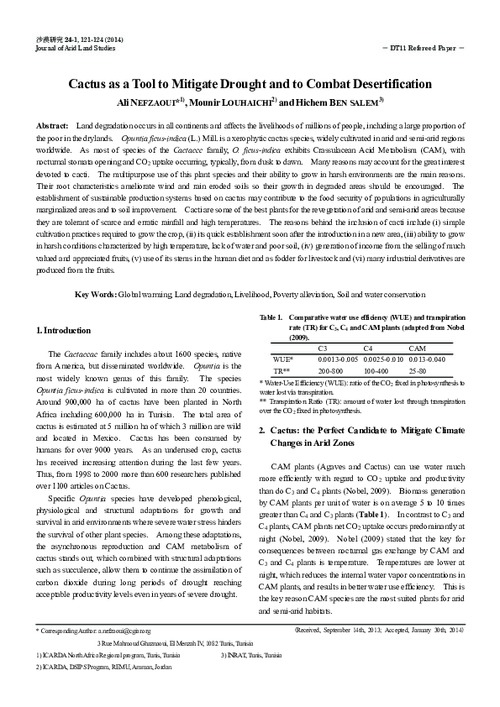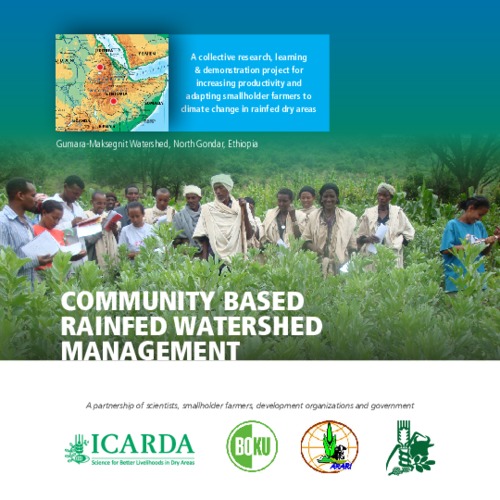Climate Change Impacts on Water Resources and Adaptation in the Rural Water Supply and Sanitation Sector in Nicaragua
Climate change is at the top of the
development agenda in Central America. This region, together
with the Caribbean, is highly vulnerable to the effects of
climate change in Latin America. Climate change is
manifesting itself through higher average temperatures and
more frequent droughts that result in higher water stress,
and through the rising frequency of extreme weather events
such as tropical storms, hurricanes, floods and landslides,










